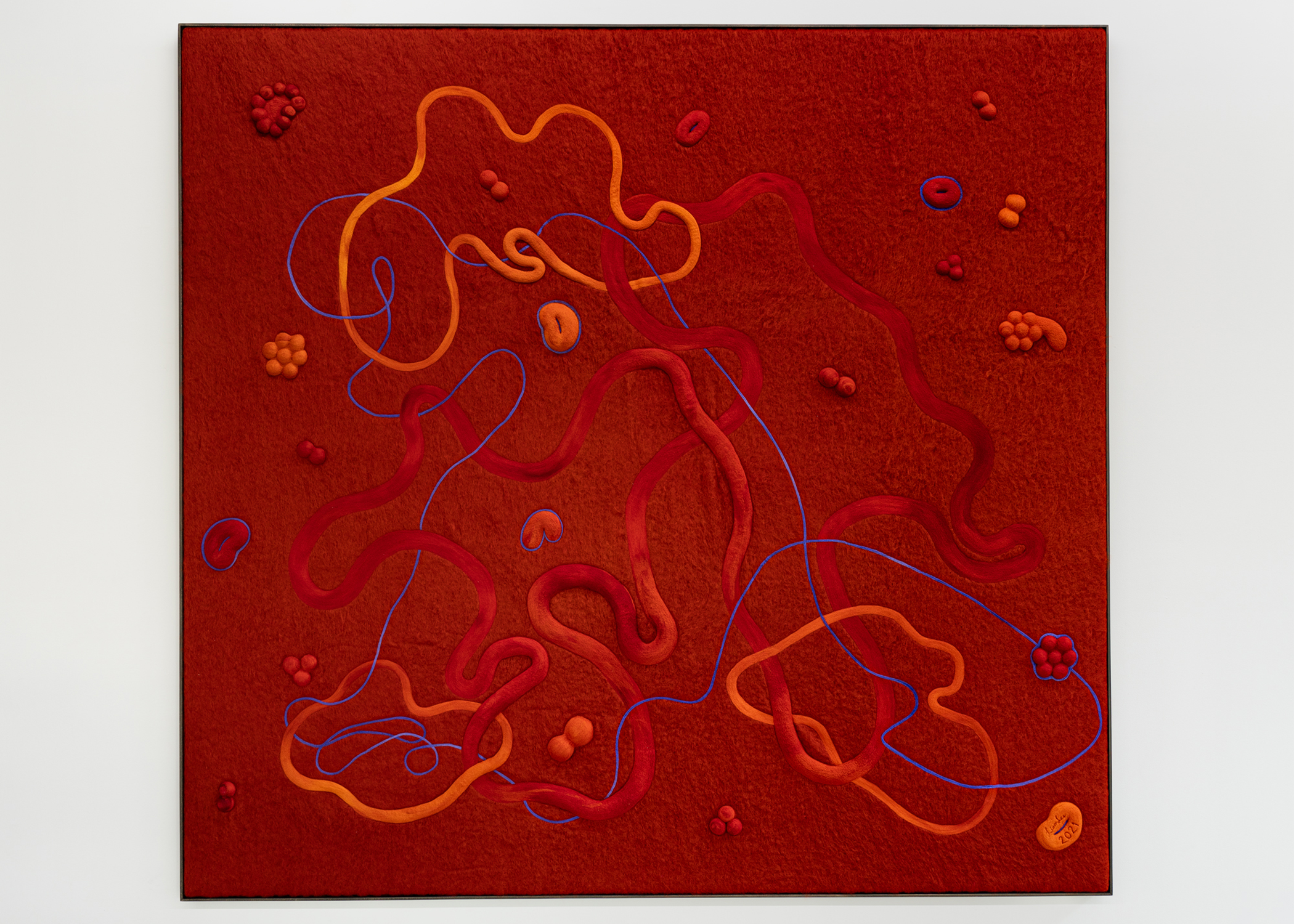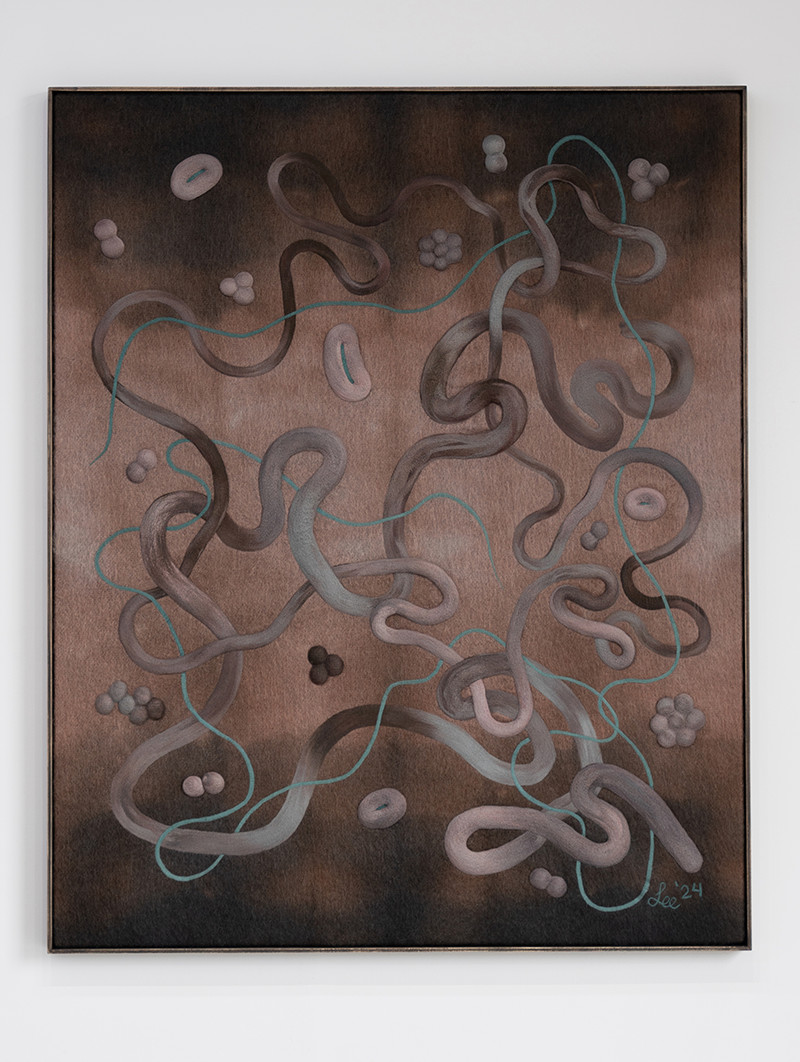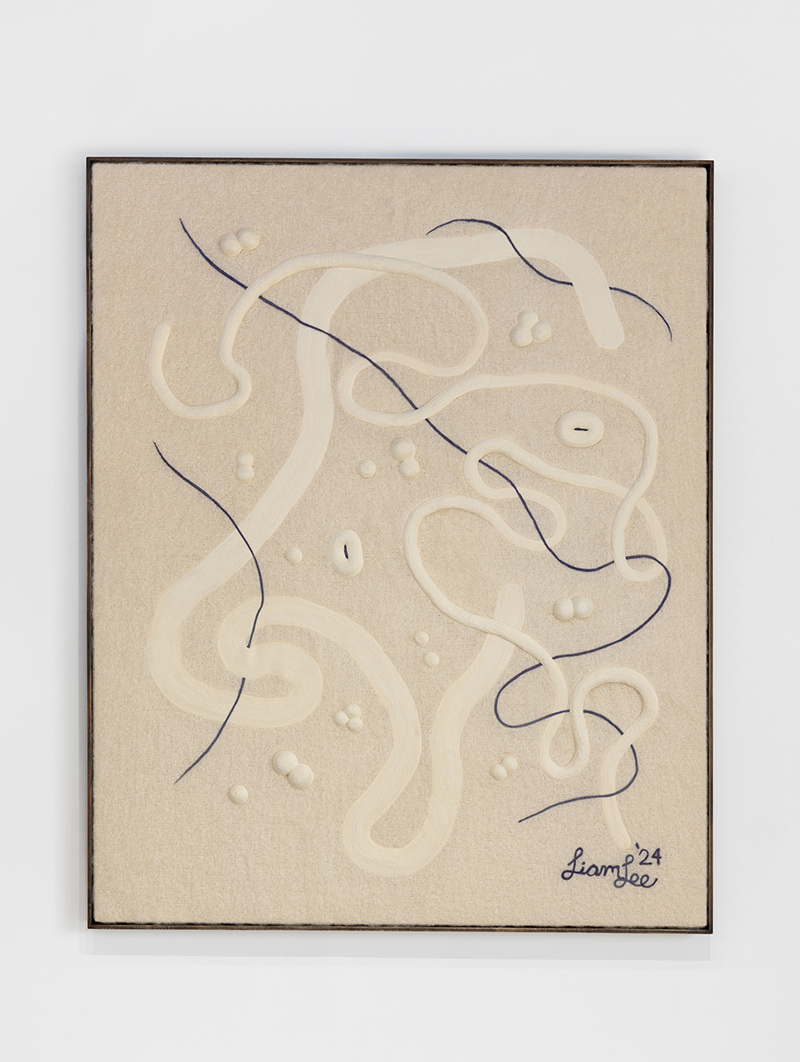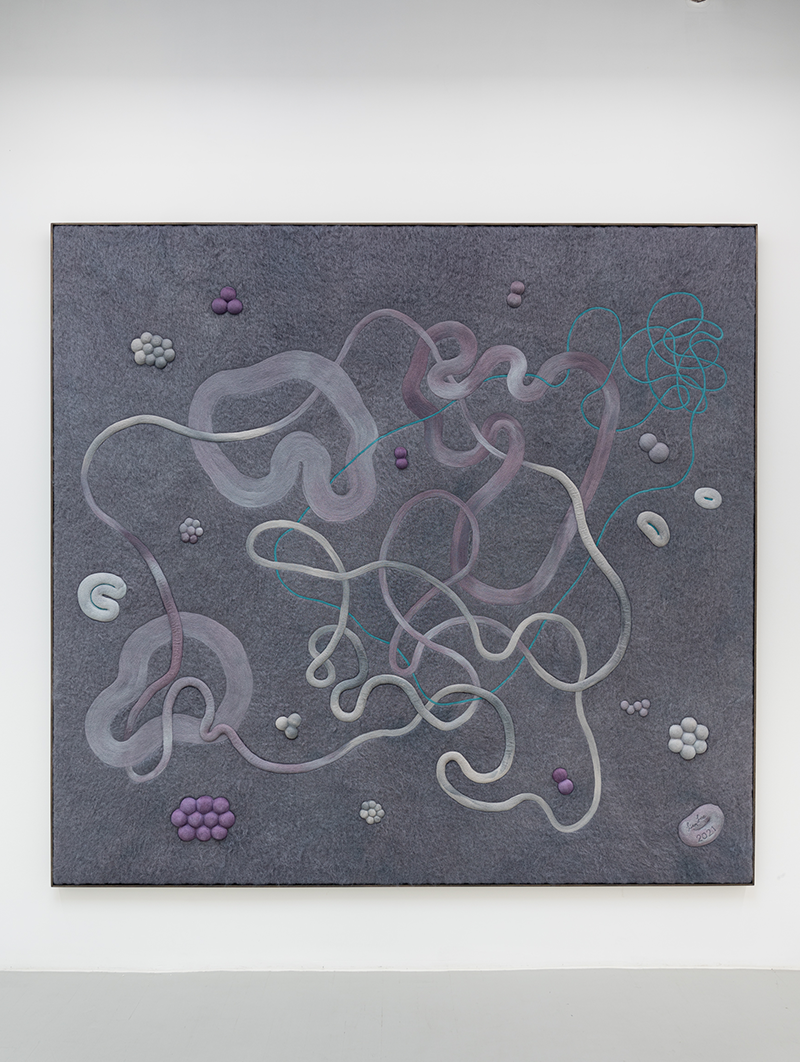Liam Lee’s hypnotic textile creations run the gamut from fuzzy wool-covered chairs resembling vegetables to tapestries that look like an abstracted version of Richard Scarry’s Busytown.
Lee was born and raised in New York City and grew up in an apartment that housed his painter father’s studio. He was working for Mary Howard, a renowned set and production designer in the fashion industry, when he started experimenting with wool fiber in his own apartment. Taking inspiration from nature and working “from the microscopic to the topographic,” Lee’s work probes the relationship between the interior and the exterior, the natural and the manmade. He was a finalist for the prestigious Loewe Craft Prize in 2023. Paola Singer wrote about Lee, Ariana Heinzman, and Sasha Koozel Reibstein, three artists whose work bursts with vitality, color, and texture, in “Vivacious” in the Spring 2025 issue of American Craft, which also features Lee’s work on the cover. Become a member now to receive the new issue in your mailbox.
How do you describe your work or practice in 50 words or less?
My practice centers on domestic objects and draws inspiration from forms in the natural world that range in scale from the microscopic to the topographic. I work with a variety of materials including textiles, ceramics, wire, and merino wool. Rooted in craft techniques, my work is concerned with the dissolution of the boundary between interior and exterior space and between manmade objects and the natural environment.
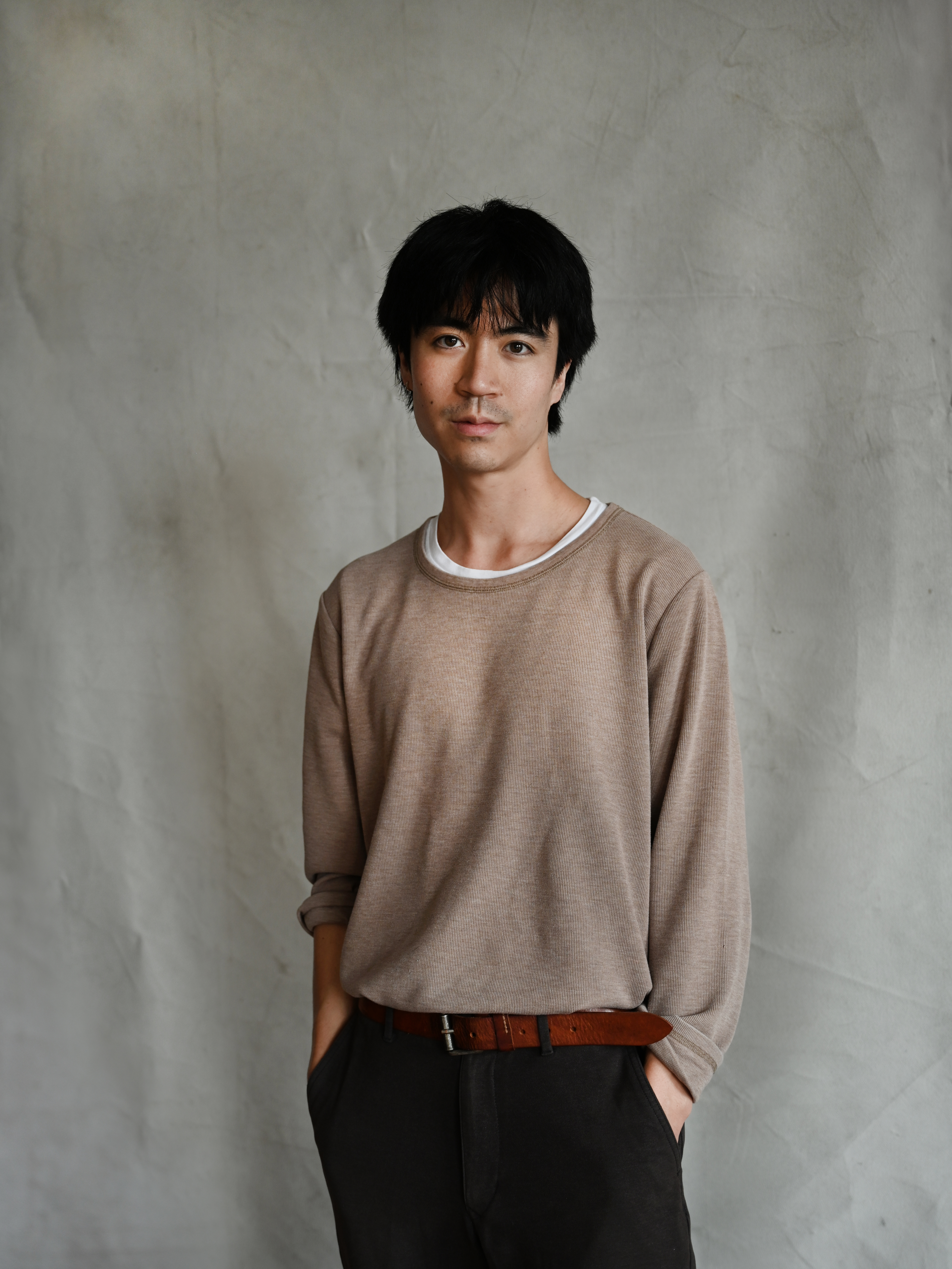
Liam Lee.
